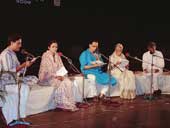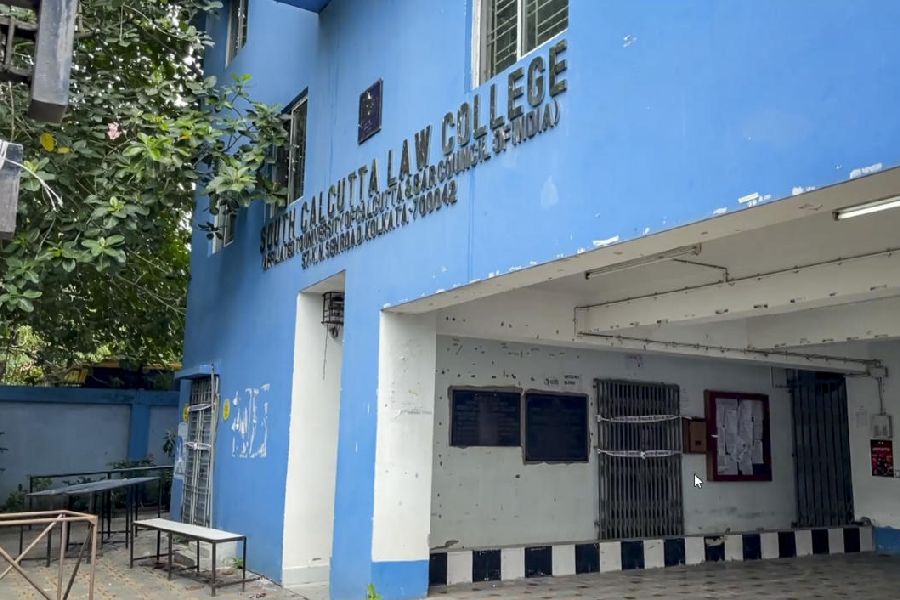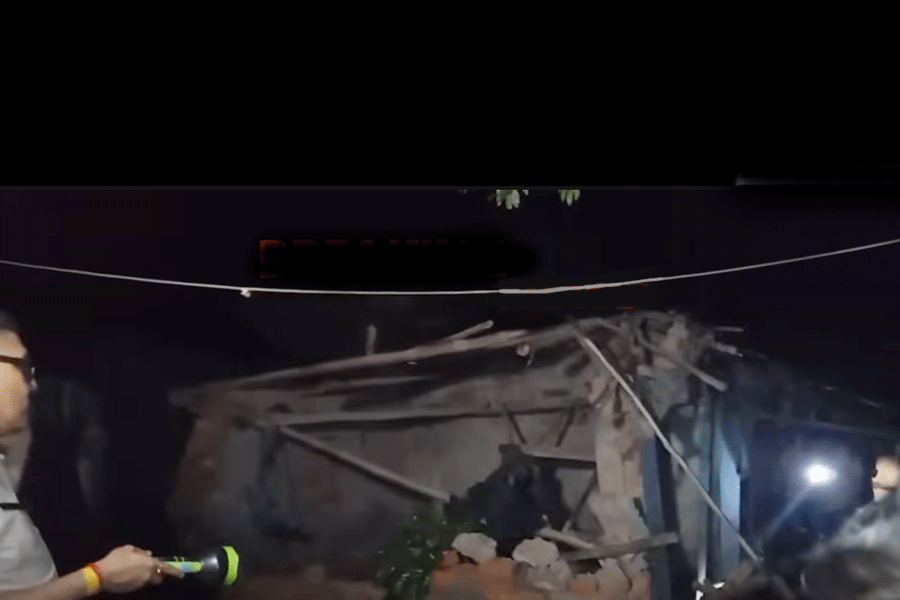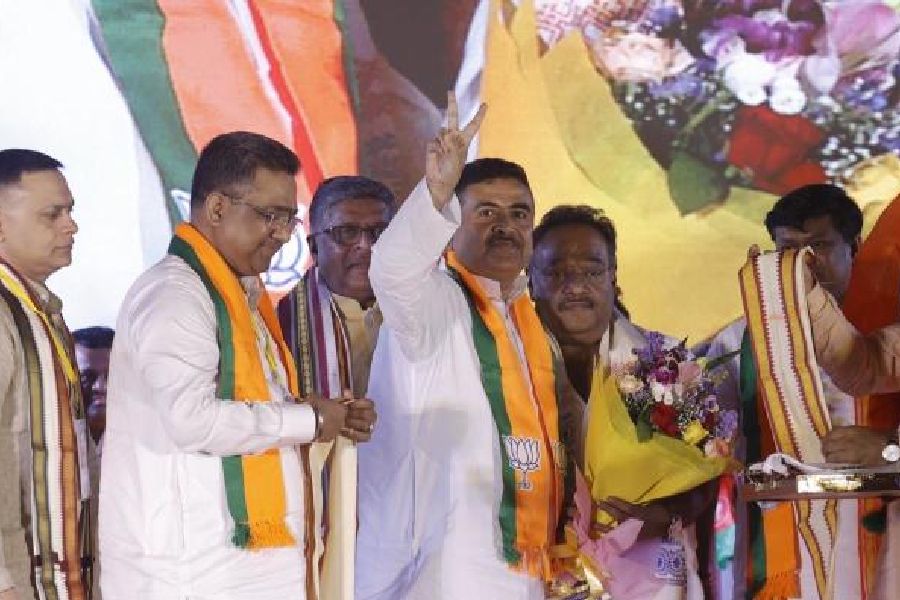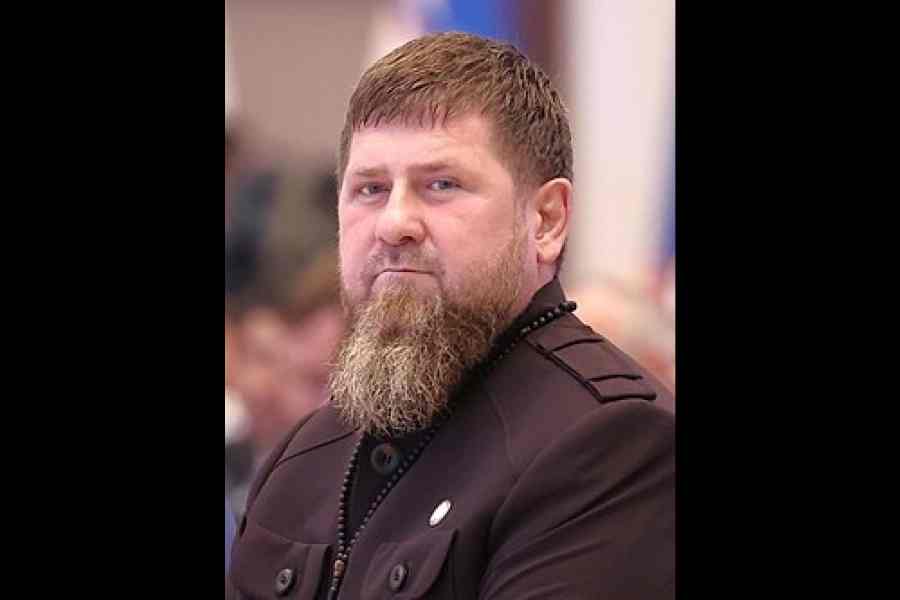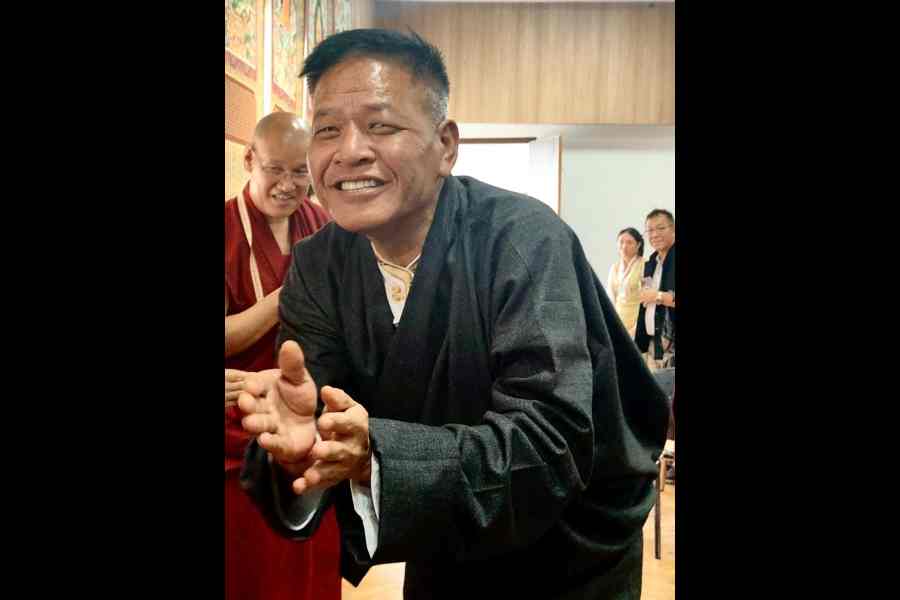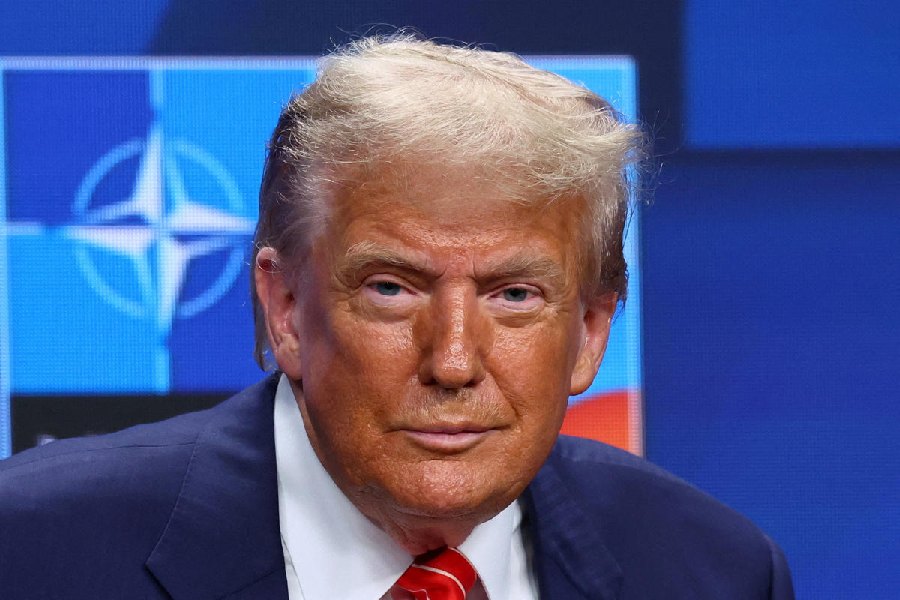 |
| edifying and stylish: Pandit Ulhas Kashalkar on stage (Picture by Shambhu Hazra) |
The Sangeet Ashram presentation featuring a vocal recital by Pandit Ulhas Kashalkar at the G.D. Birla Sabhagar last Friday evening was a programme with a difference. For the Ashram made an effort to show the listener the salient features of the styles of singing Kashalkar represents and the difference in his style with those of his gurus.
Kashalkar is one of the best-trained and most knowledgeable khayal singers in India today. After initiation by his father, two stalwarts who specialised in the styles of three major khayal gharanas trained him. His first guru, Pandit Ram Marathe, was a pupil of Ustad Vilayat Hussain of the Agra-Atrauli gharana. The second, Pandit Gajananrao Joshi, was trained by his father Anantbua Joshi who himself was an outstanding pupil of Balkrishnabua Ichalkaranjikar; he is said to have brought the Gwalior khayal style to Maharashtra. After mastering the Gwalior style, Joshi learnt the Jaipur-Atrauli style under Bhurji Khan, the son of Ustad Alladia Khan, who was the creator of this style.
Introducing the artiste, Vijay Kumar Kichlu, prime mover of the Ashram, said that Kashalkar was an able exponent of these three gayakis but handled them in his own manner. When singing in the Gwalior style, he did not sound like his guru, nor like Omkarnath Thakur.
He also did not emulate either Vinayakrao Patwardhan, Narayanrao Vyas or D.V. Paluskar. And when he sang in the Jaipur and Agra styles he did not sound like either his gurus or the other renowned exponents of these styles.
To drive home the point and also to present the salient features of the Gwalior, Jaipur and Agra gayakis, Kichlu played excerpts from recordings by Gajananbua and Ram Marathe. The brief examples of Gajananbua?s bandish elaboration, bahalawa, aakar taankari, bol taankari and sapaat tankari in a classic vilambit khayal composition in Bihag, sung in the Gwalior style, and his presentation of the Alladia Khan style in a vilambit khayal in Bageshri Kanada were in themselves edifying. Equally interesting was the excerpt demonstrating Ram Marathe?s high-pitched Agra-style taan patterns. In them one could see the ingredients from which the Kashalkar style evolved.
Once Kashalkar started his recital with a Gwalior-style vilambit khayal in the raga Mian ki Malhar, it became quite clear that he had formed his own style from these ingredients but did not sing like Gajananrao. Though brief, this khayal was one of the best Kashalkar has sung in recent times. Equally well sung was the drut khayal in teental. Anandagopal Bandopadhyay?s tabla accompaniment was superb and produced the right pattern at the right time with power and artistry.
There was again very little Gajananbua in the Jaipur-Atrauli style vilambit and khayals in Pat Bihag (the version with the add-on komal gandhar) but it was Jaipur-Atrauli all the way. Similarly, the forceful Agra bol development and taankari in the two drut teental compositions in Paraj was excellent and full of gharana flavour without much of Ram Marathe style in them. The purely individual-style but soulful presentation of the Abdul Karim classic Jamuna ki teer at the end also did not go into the ustad?s style, though it did use some of his note patterns.

